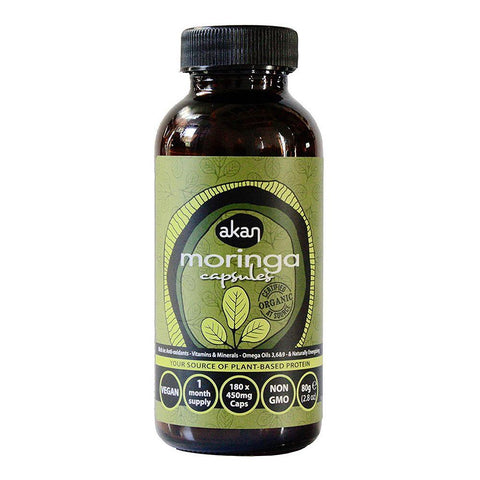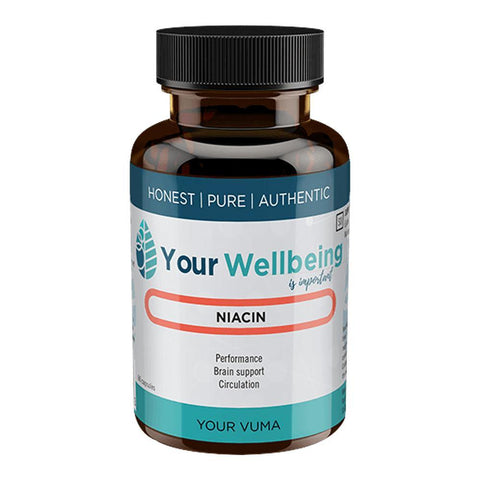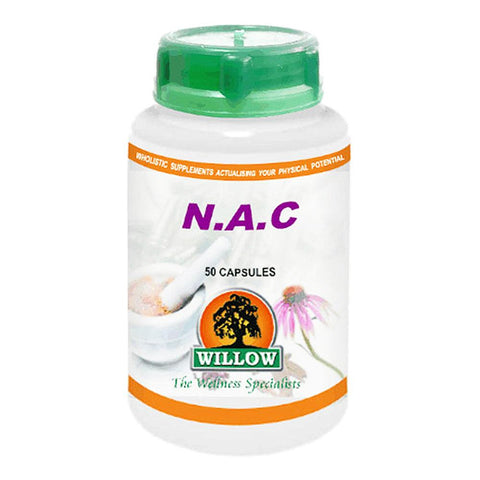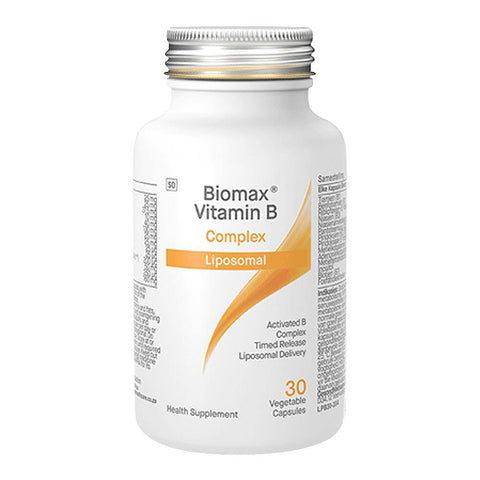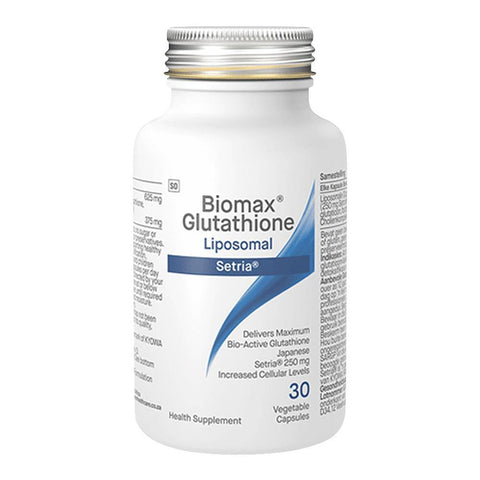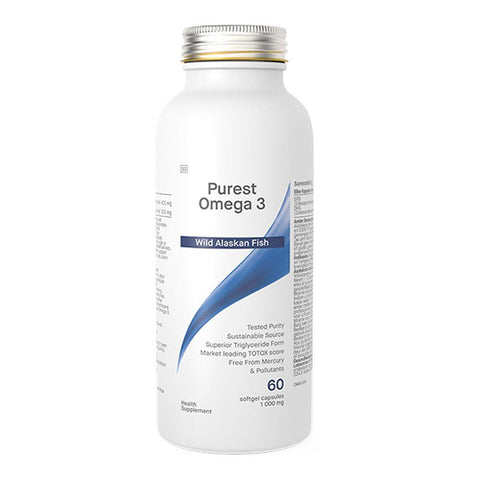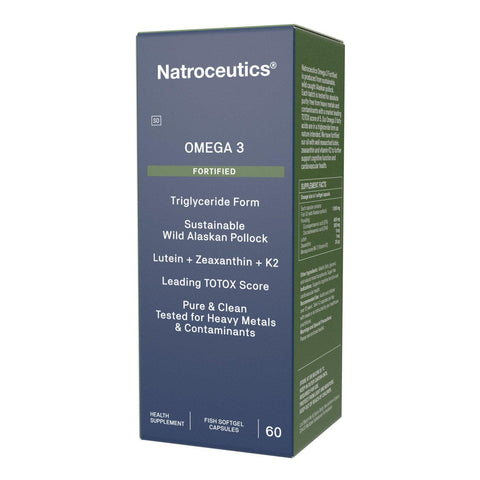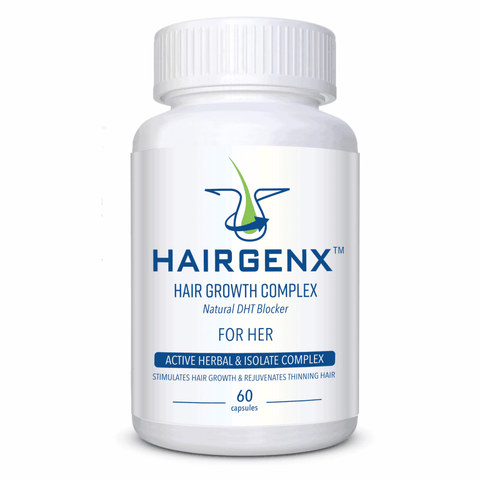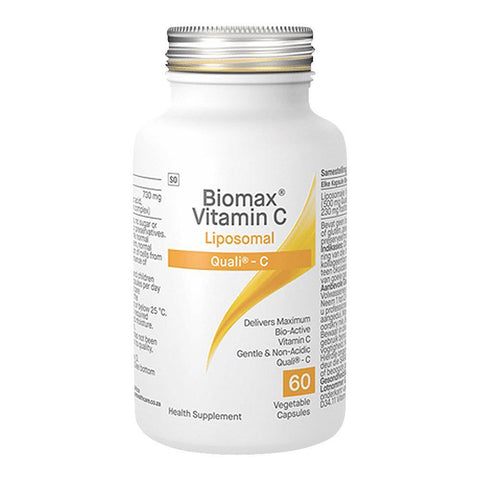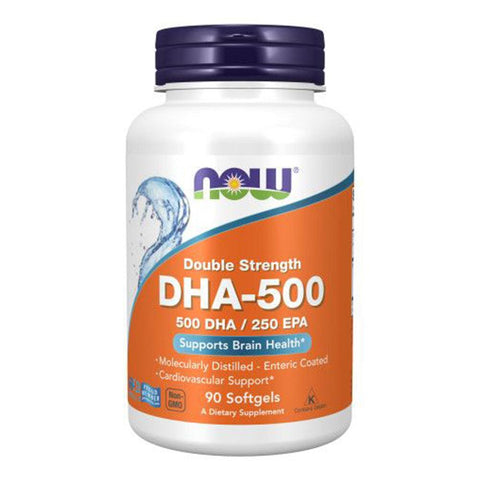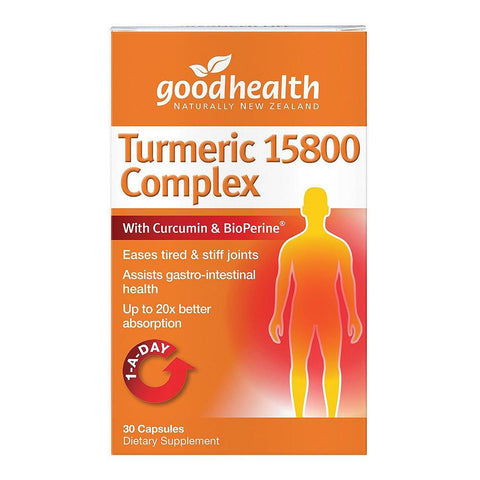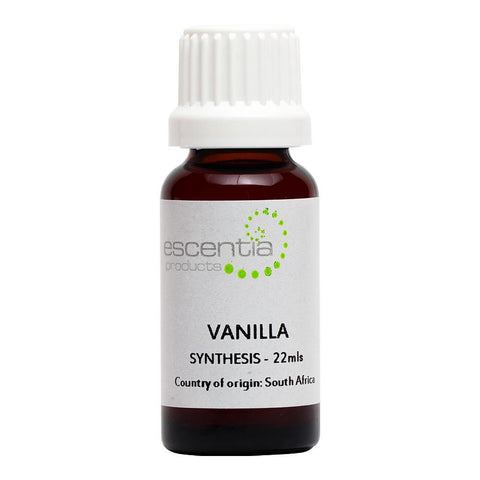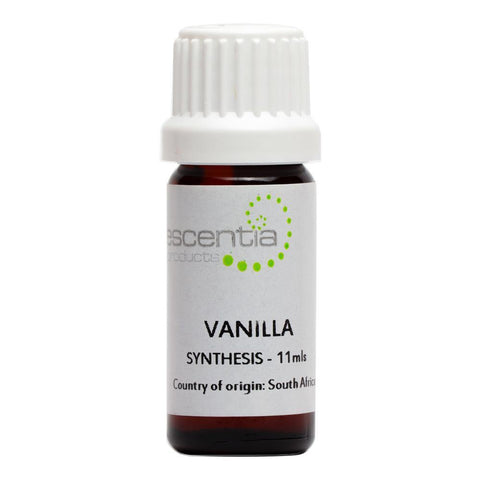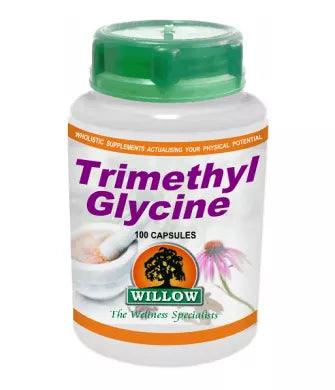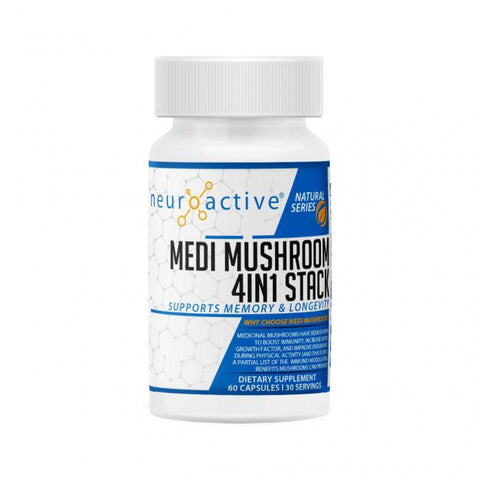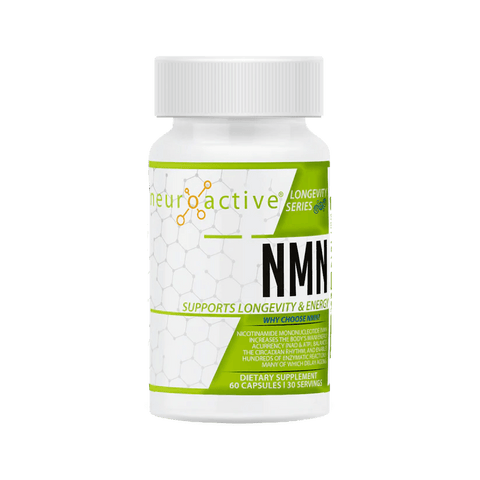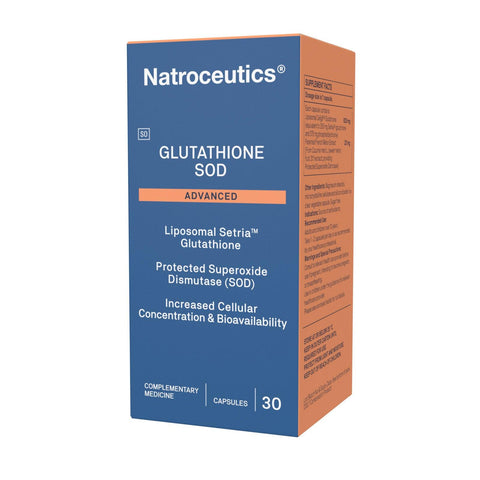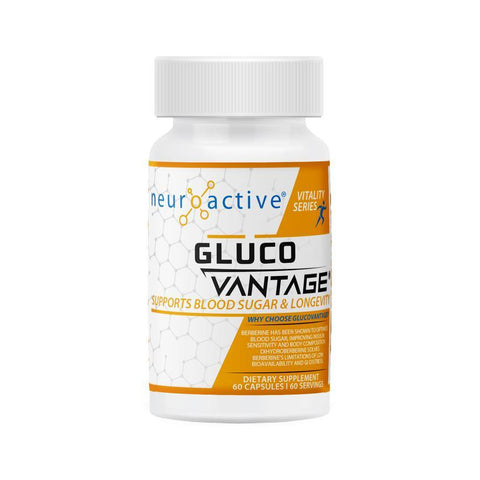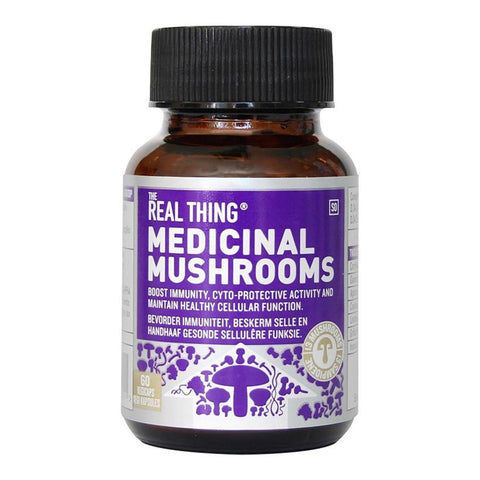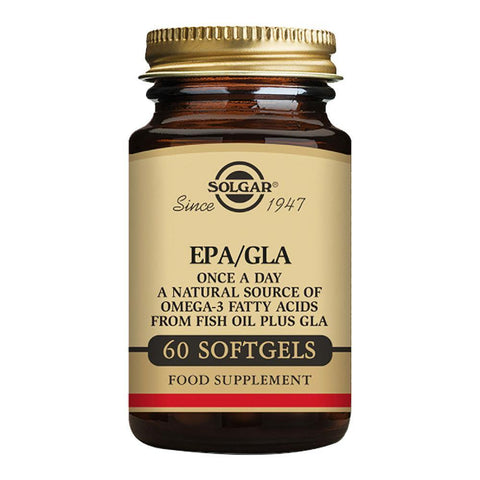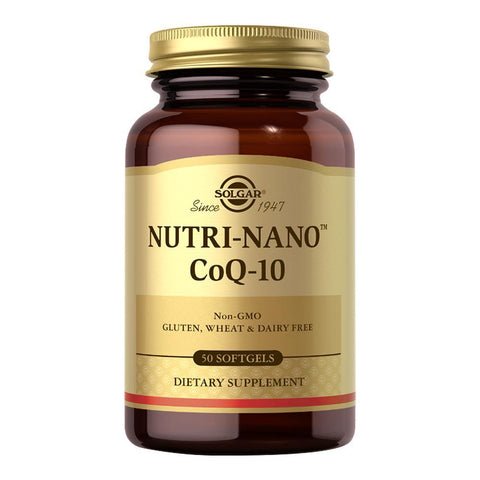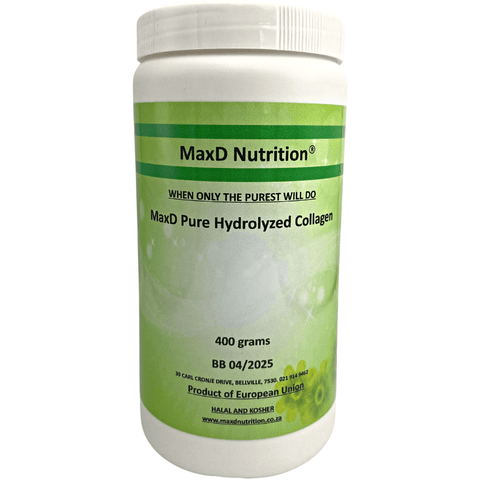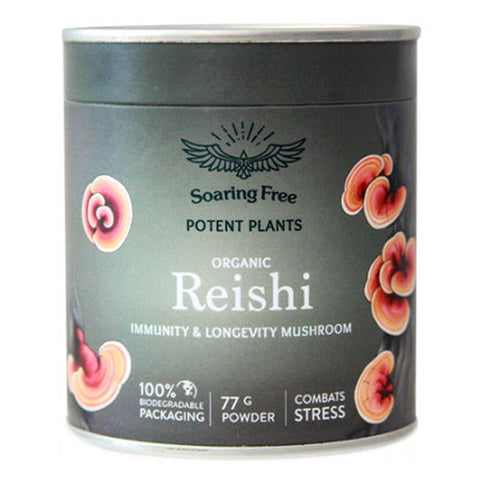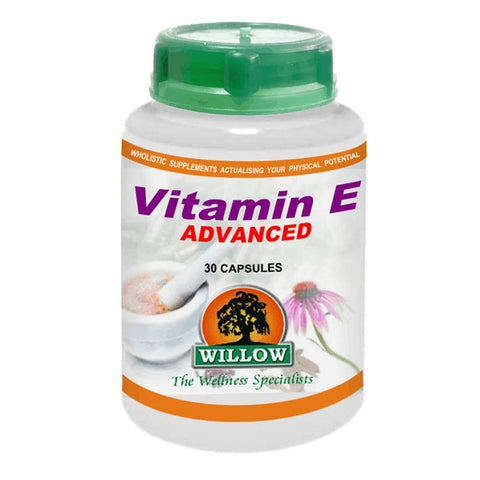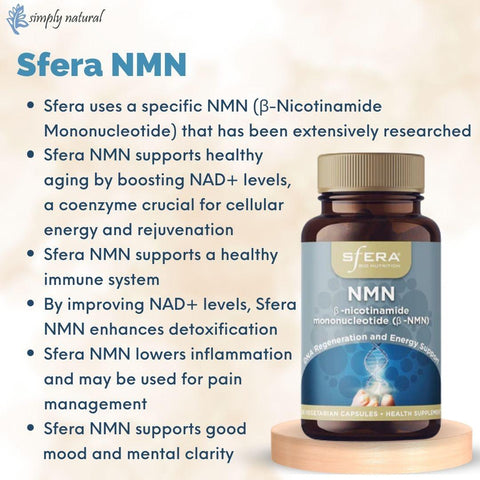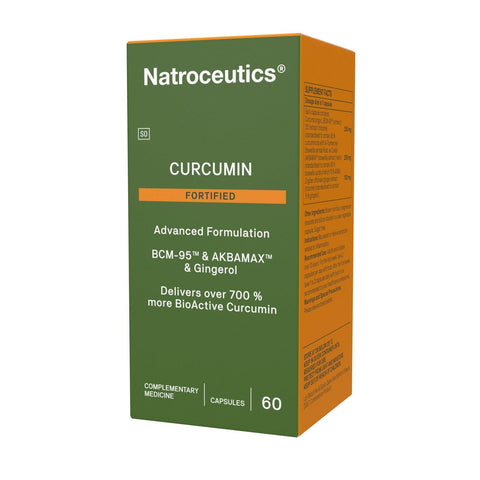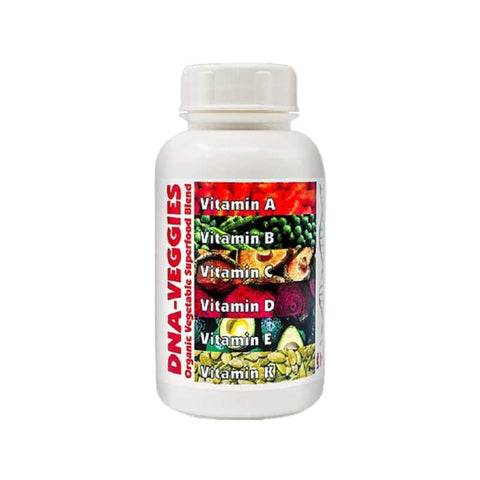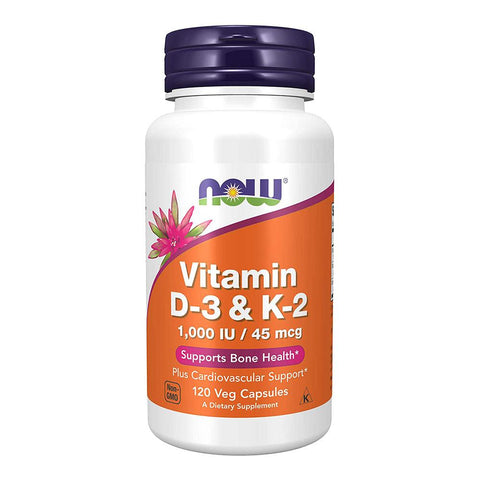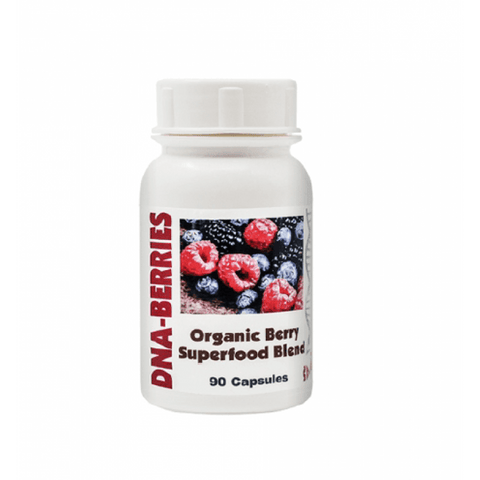Cell-Fast 60 capsules
DNA Biopharm SA
In Stock
Cell-Fast protects cell membranes from toxins and immune system aggression without inhibiting the transport of nutrients into the cell.
The cells in the body are often referred to as the ‘’building blocks of life.’’ There are over 200 different types of cells that make up the different areas of the body including the muscles, bones, and organs. The cells are responsible for converting nutrients into energy and keeping the body healthy and thriving. First and foremost, we cannot live without an abundance of healthy cells versus malfunctioning cells in the body.
The cell membrane is the cell's outermost line of defence against viruses including the SARS-CoV-2.
Cell membranes are just a few nanometres thick but are essential for life. They serve as a barrier between the cell's interior and its surrounding environment and host many activities necessary for cell function. If the cell membranes are more resistant to viral entry it would slow down the progress of viral infection and reduce its harmful effects.
"For a virus to be active it has to go through the cell membrane," said Rana Ashkar, an assistant professor in physics at Virginia Tech and former ORNL Shull Fellow who is leading the research effort. "Much of the work that has been done is focused on inactivating the spike protein itself. However, we want to understand how the spike protein interacts with the membrane and what treatments could indirectly block this interaction by targeting the properties of the cell membrane."
For a virus to spread, it must first find a way into a cell. Therefore, it is important to do all that we can do to ensure the optimal health of our cells, especially the integrity of the cell walls, and protect them from damage by the production of free radicals from oxidative stress caused by lifestyle factors, a poor diet, toxin exposure and chronic stress. Good cell health is essential for the body to function properly. If you do not, then internal processes will become sluggish and lead to illness or poor health.
The Function of cells in the body
The body's 75 trillion cells (nerve cells, blood cells, muscle cells, bone cells, etc.) are all working together, day and night. Cells combine to form many different types of tissues that enable us to eat, breathe, feel, move, think, and reproduce. There are around 200 different types of specialized cells with specific functions throughout the body such as in the brain, the heart, the blood, the muscles, the liver, the eyes, and more. All these cells communicate with each other and rely on these communications to keep us alive. Each cell must perform specific tasks to collaborate effectively with other cells in the body and each cell must make the molecules it needs to maintain the integrity of the cell wall, survive, grow, multiply, and do its job. In our bodies, cells are constantly being damaged, dying, and being replaced — even in healthy people.
The body signals when cellular malfunction is occurring
Our body tells us when it is having trouble. We must recognize the signals by listening for them and then not ignoring them until the problem becomes serious enough to cause a severe decline in our health. Often the warning signs are evident in our physical appearance — we just do not look like we feel well. Other signs include:
Low energy level or fatigue
Aches and pains
Skin problems & Allergies
Digestion troubles
Sleep difficulties
Susceptibility to infections
Mood, thought, or behaviour problems
Weight issues
Diseases involving disturbance of cell membranes
Some illnesses are initiated when the body is unable to synthesize and incorporate into cell membranes adequate amounts of colamine phosphates such as Ca-AEP. Conversely, restoring levels of Ca-AEP to proper levels has been shown to improve cell membrane integrity and produce actions that are both therapeutic and preventive in nature. Among the diseases initiated or influenced by disturbances in cellular membranes are:
-Multiple Sclerosis.
-Inflammatory disorders, including rheumatoid arthritis.
-Diabetes, both Insulin Dependent Diabetes Mellitus (IDDM) and Non-Insulin Dependent Diabetes Mellitus (NIDDM)
-Diabetic complications, including diabetic nephropathy and retinopathy
-Osteoporosis
-Lung diseases and other conditions are characterised by poor gaseous exchange in the alveoli.
Cell-Fast Capsules contain the following ingredients to ensure that the cells and the cell walls stay healthy.
Calcium AEP
In 1941, a unique form of calcium, Calcium 2-amino ethyl phosphoric acid (Ca-AEP or Ca-2AEP) was discovered by the eminent biochemist Erwin Chargaff. Chargaff found that Ca-AEP was a vital component in the structure of cell membranes. The significance of Chargaff’s work was largely ignored for the next two decades, but studies over the last 30 years have shown that Ca-AEP plays a vital role in maintaining cell membrane integrity and improving cellular functions.
Calcium AEP contains a specific and active form of calcium, calcium 2-amino ethyl phosphoric acid, which plays a role in cell membrane integrity as well as in improving cell function and potentially helps combat diseases triggered or affected by disturbances in cell membranes (multiple sclerosis). Calcium 2-amino ethyl phosphoric acid, or Calcium AEP, is a unique form of Calcium that consists of 12.5% elemental Calcium bound to 87.5% amino ethyl phosphoric acid. It is a vital component in the structure of cell membranes and is required for normal cellular membrane functions. Some of these functions include decreasing the permeability of the outer cell membrane to foreign substances; facilitating the exchange of electrolytes and absorption of nutrients; and maintaining cellular electrical charge essential for cellular neurotransmission. Bone mineralization requires steady electromagnetic potential at the surface of the cell membranes of bone tissues. Calcium AEP performs an important role in maintaining this electromagnetic potential, which builds up apatite from Calcium phosphate minerals and hardens and strengthens bone
It has also been shown to be effective in supporting a host of conditions, including multiple sclerosis, diabetes, asthma and immune disorders. Ca-AEP is one of a number of colamine phosphates – vitamin-like metabolites and cell membrane integrity factors, that are required for cellular membrane functions. Among these functions, Ca-AEP is known to act as:
Cell Sealer and Protector
Cells allow entry of vital nutrients through pores spread across the cellular membrane. Two types of pores predominate free lipid pores and peptide-lined transport pores. Lipidic pores can permit unwanted penetration into cells by harmful agents. Ca-AEP decreases water solubility and seals the lipid cellular membrane pores, decreasing the permeability of the outer cell membrane by foreign substances. This action protects cells from invasion by toxins, bacteria, viruses, antibodies and other harmful agents.
Electrolyte and Nutrient Carrier
Calcium-AEP facilitates the cellular exchange of inorganic electrolytes in cells and aids the absorption of nutrient substances such as fatty acids, amino acids, vitamins, hormones and steroids through the ‘active transport pores’ of cell membranes.
Maintains Cell Electrical Charge
Ca-AEP maintains and repairs cellular neurotransmission, vital for the electro biological connection of cells. Ca-AEP helps the cells to retain the electrical charges of calcium, potassium and magnesium ions residing on the membrane surface where they serve to increase the conductivity of nerve tissue. It does this by causing calcium and other minerals to bind to cellular membranes where they serve as electrical condensers, essential for cellular regulation. This condenser function of the cell membrane plays an active role in disease prevention. If there is an insufficient amount of colamine phosphate salts, the cell’s electrical charge and condenser function will be abnormal. A significant loss of the electrical charge of the cell membrane may be catastrophic – especially for the circulatory system, immune system and neuromuscular system.
References
1. Nieper HA. Mineral transporters. New Dynamics of Preventive Medicine; 1974: 43-54.
2. Nieper HA. A clinical study of the calcium transport substance Ca l-d1-aspartate and Ca 2-aminoethyl phosphate as potent agents against autoimmunity and other anticytological aggressions. Agressologie. 1967, 8:1-12.
3. Nieper HA. A comparative study of the clinical effect of Ca-1-d1-aspartate (Calciretard), Ca-2-aminoethanol phosphate (Ca-EAP) and the cortisones. Agressologie. 1968, 9: 471-474.
4. Nieper, HA. Suppression of cancer development by calcium colamine phosphate and by calcium-l-d1-aspartate. The Townsend Letter for Doctors and Patients. December 1995.
5. Nieper HA. Impairment of digestive potential in MS and osteoporosis patients. Townsend Letter for Doctors and Patients. February/March 1991.
6. Ferrari V and Harkness RD: Increase of 2-amino-ethyl-phosphate in regenerating liver tissue
J Phsiol, 113: 27, 1951.
7. Segal W: Biosynthesis of 2-aminoethaneohosphoradimic acid: A phosphoramidic acid re-arrangement, Nature, 5017: 1284 1965.
Narrod SA and Jakoby WB: Metabolism of ethanolamine J biol chem 239: 2189, 1964.
D-Ribose
D-Ribose, a naturally occurring pentose monosaccharide, plays a crucial role in the structure of nucleic acids, our cellular energy cellular metabolism and cellular processes. The continual production of ATP molecules is crucial to maintaining cellular integrity and function. Under stress this energy milieu can be altered, in which supply does not meet demand; therefore, this decreased state of available ATP molecules can affect cellular function, membrane integrity and intracellular processes. Further, states or degrees of ischemia and hypoxemia can alter the cell's membrane to be more permeable, resulting in the loss of the catabolic ATP substances, which limits the potential to regenerate the lower levels of ATP due to the loss of these necessary precursors. Researchers have investigated various precursor substrates to aid in this recovery process in ATP levels and D-Ribose has shown beneficial effects in regenerating ATP levels, unlike other precursors, both in pre-clinical and clinical studies. These studies have repeatedly demonstrated the safety of D-Ribose, and supplementation of D-Ribose has shown to replenish myocardial ATP levels with an improvement in diastolic function following ischemia, including in patients with congestive heart failure. From these preliminary investigations, D-Ribose as a natural metabolic supplement appears to be useful as a diagnostic adjunct in unmasking hibernating myocardium and, more importantly, as a therapeutic "energy modulator" in the treatment of cardiovascular diseases, including surgical intervention. Therefore, the clinical applications of this natural occurring pentose molecule could have many benefits in patients afflicted with ischemic cardiovascular diseases as adequate levels of energy molecules are paramount in maintaining cellular integrity and function. D-ribose could offer a means to satisfy the supply and demand mismatch that is commonly found during and the following ischemia and could provide a solution to this ongoing problem in patients afflicted with ischemic cardiovascular disease.
MSM
One of the most important raw materials for building healthy new cells is a form of organic sulphur known as methyl sulfonyl methane (MSM). This element is so essential to life that it is found in every cell of every plant and every animal. Sulphur-containing MSM benefits the immune system by maintaining cell wall integrity, cell regeneration and permeability. For cells to maintain optimum function, the cell walls must remain pliable. Without this properly functioning structure, the immune system will eventually deteriorate. Sulphur makes up 0.25% of human body weight and approximately half of the total body sulphur is concentrated in the muscles, skin, and bones. MSM is present in some fresh fruits, vegetables, and grass-fed meat. However, food processing, mineral soil depletion and reduced consumption of fresh produce have lower levels in our bodies. Thereby increasing the need to supplement MSM and boost cellular levels. The new cells become more pliable and permeable, allowing fluids to pass through the tissue more easily which means a more efficient elimination of toxins and a reduction in inflammation and pain.
Fulvic Acid
Fulvic acid is readily admitted into living cells due to its low molecular weight, its electrical potential, and its bio-transporting ability. Once MSM is inside the living cell, it participates in selective trading or supply of minerals and other nutrient factors inside the cell.[1] In addition to supplying essential nutrients to the cell, it has been shown that the fulvic acid can chelate toxins reducing them to a harmless state. On the cellular level fulvic acid is superior for neutralizing toxins, heavy metals and other harmful substances and carrying these intruders out of the body. It is one of the most powerful natural antioxidants and free radical scavengers known. It has the unique ability to react with both negatively and positively charged unpaired electrons and render free radicals harmless. It can either alter them into new useable compounds or eliminate them as waste. Fulvic acid can similarly scavenge heavy metals and detoxify pollutants, stimulating and creating optimum growth and replication conditions.
Fulvic acids act as a specific cell sensitizing agent and enhance the cell wall integrity and permeability of the cell membrane, and intensify the metabolism of proteins, RNA, and DNA
Fulvic acid has the ability to complex vitamins into its structure, where they are presented to the cell in combination with complex minerals. In this perfect natural condition, they are able to be catalysed and utilized by the cell. In absence of adequate trace minerals, vitamins are unable to perform their proper function.
-
Rashid, M.A. (1985) Geochemistry of Marine Humic Substances. New York: Springer-Verlag.; Vaughn, D., Malcolm, R.E., & Ord, B.G. (1985) Soil Organic Matter and Biological Activity. (p. 77-108) Dordrecht, Netherlands: Martinus Nijhoff; Vaughn, D., Ord, B., & Malcolm, R.E. (198) Journal of Experimental Botany, 29,1337-1344
Vitamin D3
Studies show that vitamin D regulates many functions in the body, including hormone balance, metabolism, blood pressure, bone density, fighting cancer, and immune function. Vitamin D is essential for good health and for healing and protecting against many contagious and chronic diseases. Low levels of vitamin D are associated with upper and lower respiratory infections, heart disease, asthma, cancers, diabetes, multiple sclerosis, HIV, hypertension, inflammatory bowel disease, Alzheimer’s disease and other autoimmune diseases.
How does vitamin D boost immune function?
The immune system is an incredibly complex protective mechanism, but to simplify, we can divide the immune system into two main categories: innate immunity, and adaptive immunity.
Innate immunity is our nonspecific defence mechanism that activates in the presence of an invading pathogen. So, even if you have never been exposed to a virus or pathogen, your body has a built-in ability to protect itself from an invader. This part of your immune system is your first line of defence against any type of new type of germs—whether it is bacteria, viruses, and fungi.
The other type of immune response is your adaptive immune response. This immune response is active against pathogens that you have previously encountered. The body recognizes, adapts and attacks specific invaders much more efficiently.
Vitamin D works by boosting the strength of the immune system while lowering inflammatory reactions. Vitamin D is a powerful immune modulator which boosts immune power but prevents the immune system from overreacting, as in the case of autoimmune disease.
How does it work? Vitamin D strengthens particular cells such as the T cells. It also helps to decrease levels of inflammatory cytokines, a part of the immune system that can overreact to dangerous outcomes.
There are three ways to get vitamin D levels up in your system. One—you can take a vitamin D3 supplement. D3 or cholecalciferol is most easily utilized in the body. Secondly, you can get some vitamin D from foods and third, you can get vitamin D from the sun—IF you are in an area where the sun is strong enough. Sunlight promotes the production of a peptide that helps to dilate the blood vessels, lowering blood pressure, and it helps create another substance called Substance P, which promotes better blood flow and regulates the immune system in response to acute stressors.
Cell-Fast Capsules enhance your quality of life, performance, and lifespan and optimize
the “building blocks” of your body.
More information on Calcium AEP
Calcium AEP (Cal 2-AEP) is a unique type of calcium that helps nourish nerves and cell membranes.*
-
Nourish and protect cell membranes*
-
Strengthen myelin sheathing (coating) of nerves*
-
Support healthy nerve transmission*
-
Calm nerve irritation*
Calcium AEP is a unique form of calcium that nourishes the myelin sheathing of nerves and supports healthy cell membrane structure.*
Calcium AEP is calcium bound to Amino Ethanol Phosphate (AEP). It is the AEP part that gives this supplement its unique characteristics. AEP is attracted to cell membranes throughout the body. It supports the structural integrity of cell membranes and helps build the phospholipid layer of the cell. Nerve cells in particular are very high in phospholipids, thus Calcium AEP provides specific nutritional support for nerves.*
Nerves and Cell Membranes
AEP is an important component of the cell membrane. It supports the cell's structural integrity. AEP is also involved in maintaining the proper electrical charges on the cell surface. Properly energized cell membranes help protect the cell from toxins or other foreign substances. At the same time, properly energized cell membranes help get nutrients into the cell and move waste products out of the cell.*
In a properly nourished state, cell membranes retain the electrical charges of calcium, magnesium, and potassium ions. Because Calcium AEP is highly attracted to the phospholipid-rich structure of nerve membranes (like the myelin sheathing of nerves), it strengthens nerve cell integrity and supports the energy needed for normal electrical nerve conduction.*
Stress and various forms of wear and tear take their toll on nerves. Calcium AEP is an extraordinary nerve support nutrient for recovery from daily activities as well as periods of longer-term nerve stress.*



